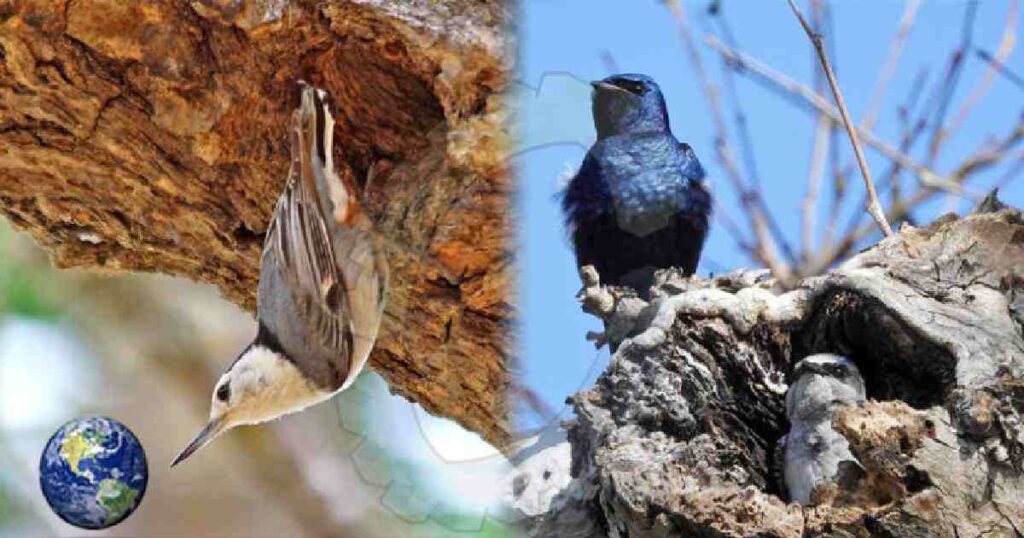Dhaka, Jan 24 – Though there was a drop in the level of noise pollution in Dhaka during the initial days of the Covid-induced lockdown, the brief interlude of quiet faded since restrictions were lifted in September. In fact, in the last two months of 2020, noise pollution levels in the capital increased alarmingly by an average of 10 percent, year-on-year, thus posing a serious health risk to the residents, according to a recent study.
Impulsive noise (the noise lasts for a short duration) increased by 10-12 percent, compared with 2019, though continuous noise (lasts for longer duration) declined by 3-4 percent, as per the study conducted in November and December last.
But the study found some 15 percent less traffic in the city’s roads, compared with 2019.
The use of banned hydraulic horns, (a major source of impulsive noise) has risen by 15-25 percent in the city’s roads, according to the study carried out by the Centre for Atmospheric Pollution Studies (CAPS) of Stamford University.
Talking about the study, CAPS Founder and Director Prof Dr Ahmad Kamruzzaman Majumder said the overall noise pollution has increased despite the decline in traffic on the city’s roads.
“The most alarming thing is that the situation will deteriorate further if the number of vehicles goes up again like the pre-Covid period,” he said.
Explaining types of noise, he said the impulsive noise is induced by sudden sound like hydraulic horns and the continuous noise is induced by motorised machines, generators and such other things.
The sound level above 70 dB is considered as extreme by the World Health Organization, but the study found the highest 120-129 dB sound recorded in several places in Dhaka city, said Dr Majumder, also the Chairman of the Environment Science Department of the university.
In the 2019 study, the highest 120-126 dB sound was recorded at several points in the capital, he added.
The women, children, pregnant women and traffic police are the worst affected by shrill sound as it exposes serious threat to their mental health, said Dr Majumder.
He said 8 percent members of traffic police are going to lose their hearing capacity permanently, while 35 percent members of the traffic police are suffering from temporary hearing problems due to acute noise pollution.
As per the Noise Pollution (Control) Rules 2006, the permissible sound level for Bangladesh is 50 decibel (dB) for daytime and 40 dB for the night in silent areas.
In residential areas, the permissible limit is 55 dB for daytime and 45 dB for the night, while it’s 60 dB for the daytime and 50 dB for the night in mixed areas (residential, commercial and industrial localities) and 70 dB for daytime and 60 dB for the night in commercial areas.
The WHO considers 0-20 dB as normal sound, 21-40 dB as moderate sound, 41-70 dB as mild sound, 71-90 as extreme sound and 91-120 as intolerable sound. The maximum permissible exposure time at 85 dB is 8 hours, at 100 dB is 15 minutes, at 110 dB is one minute and at 120 dB is only nine seconds, according to the WHO.
If more than 100 dB sound is exposed to anyone for a 15-minute period could result in temporary hearing loss. But the 120 dB sound could result in permanent hearing loss.
Experts say sound pollution causes mental and physical illnesses among people. It can cause high blood pressure, headache, indigestion, ulcer, and also affects sleep.
Talking about another recent study conducted in the Bangladesh Secretariat areas, Prof Majumder said the noise pollution also increased in the area even after it was declared as a ‘silent zone’ (no horn zone) a year ago.
The researchers measured the sound levels at 12 surrounding points of the Secretariat. The highest 128.2 dB sound was recorded at the Press Club point where the highest 126.1 dB recorded in the 2019 study.
The sound level above 70 dB (shrill sound) lasted on average for 91.99 percent time at the 12 points. Of these, the extreme sound lasted for 100 pc time at Paltan bus stand, 99.4 percent time at Zero points and 99.2 percent time at Kadam Foara point. – UNB




